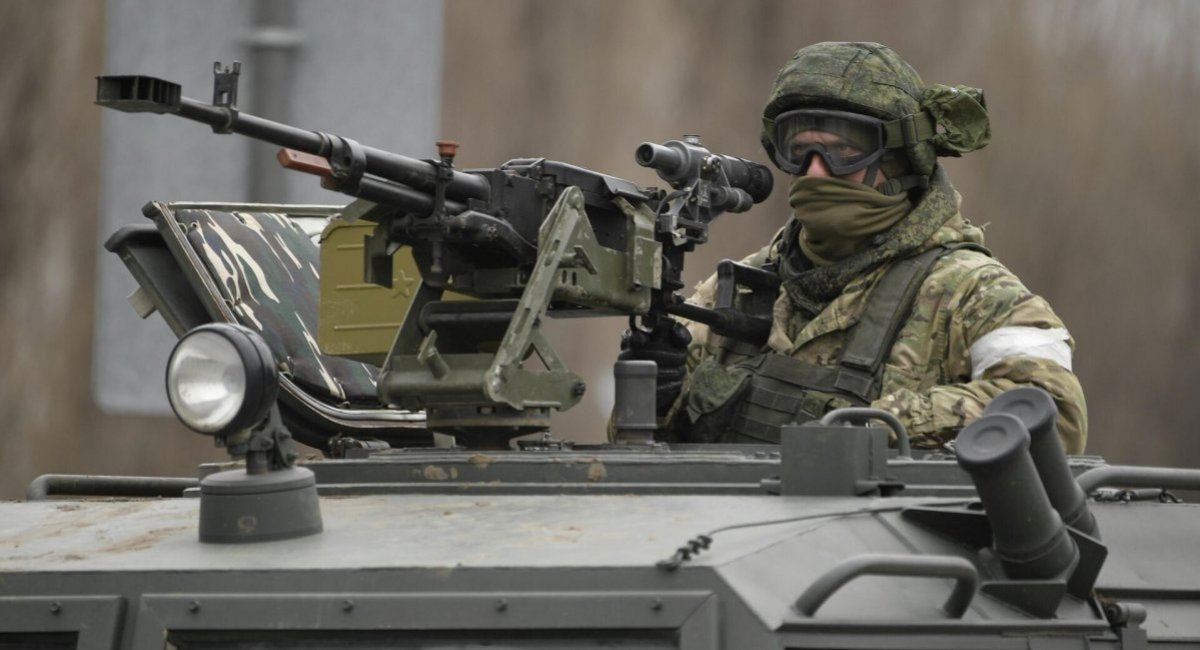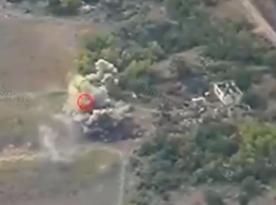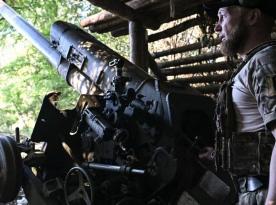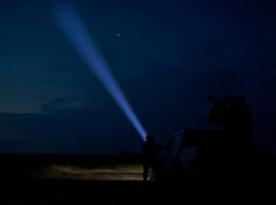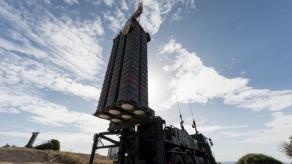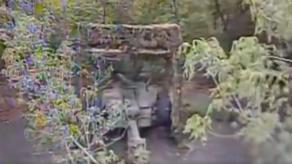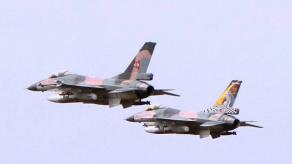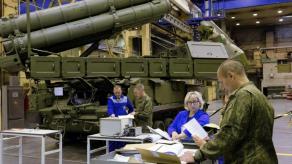The Polish Defence24 portal published an overview of how the russian army uses its "Spetsnaz" units (special forces in russia) of the Main Directorate of the General Staff of the russian Armed Forces in battles against units of the Armed Forces of Ukraine, and why their format resembles "elite infantry" rather than "classic special operations forces".
If the command of the russian army used its "special forces" in a "classic" role, it might have achieved a greater operational effect. As, for example, the Azerbaijanis succeeded in the battles for Shusha during the Karabakh war in 2020, when the introduction of SOF units into battle had a literally devastating effect. But why did the russian command not adopt such a format of action in the first days and weeks of the full-scale invasion of the russian federation to Ukraine? - this question still remains open, and here one can only make assumptions.
Read more: Satellite Shows why russians Barely Use Tu-160 Bombers for Attacks on Ukraine
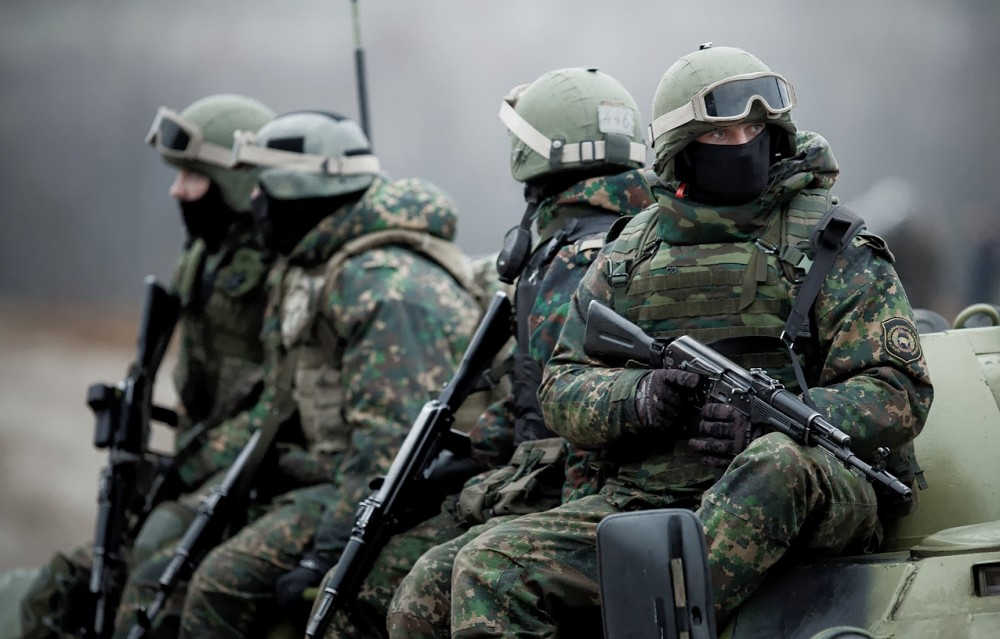
Probably, the russian military command overestimated the destructive power of its "high-precision" ballistic and cruise missiles, so it believed that "classic" diversions would no longer be needed. It could have hoped so because the plans of the invasion predicted the collapse of the Ukrainian state, in which case there simply would not be the necessary space for the actions of the "special forces" units. They in the General Staff of the russian Armed Forces, could "miscalculate" and believe that the "elite" units of the Airborne Forces of the russian army could quite handle the tasks for special forces, although practice has shown the opposite.
When the russian military command did dare to enter the "special forces" units of the Main Directorate of the General Staff into battle, the "window of opportunity" for classic sabotage actions was finally closed, the only option remaining was to use it in the role of "assault infantry", which, however, led to high losses, which did not managed to replace in a qualitative plan.
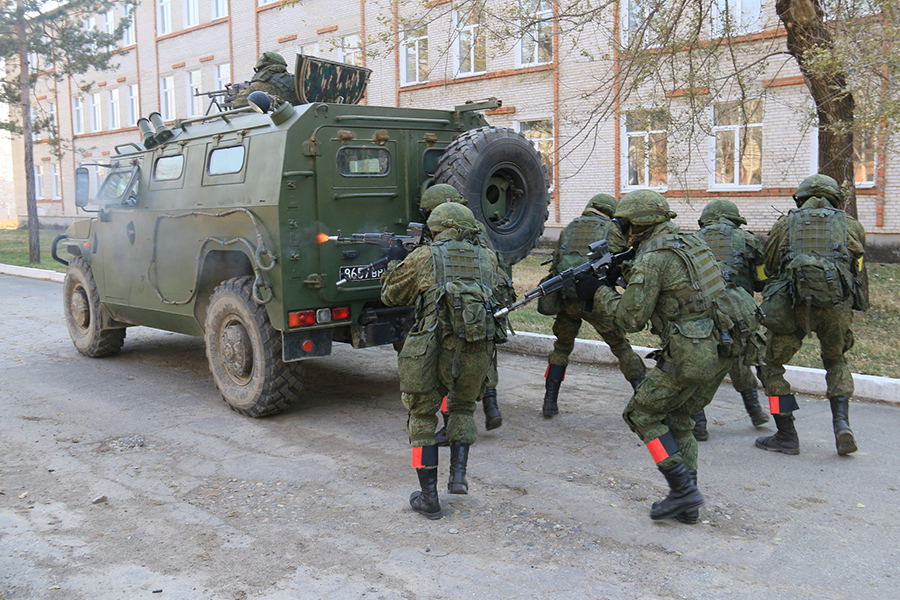
Therefore, the Russians found that their "special forces" had degraded from "classic" special operations forces to the role of "elite infantry". Now such units are fulfllling such a missions on a batlefield: adjustment of artillery fire as forward gunners, counter-sabotage actions, classic joint military actions with the allocation of sniper groups and ATGM teams during battles against the Armed Forces of Ukraine, performing the role of "mobile reserve" during defensive actions, and most importantly - the use of drones- kamikaze "Lancet".
Such a set of tasks somehow looks "improvisational". But here we have to take into account that together with the quality of the russian "special forces" the quality of staffing of the line units of the Russian army has also become significantly worse.

Read more: Russia Hoped to Make Money Saling New Submarines to India, But Now it Will Not Be Able To




